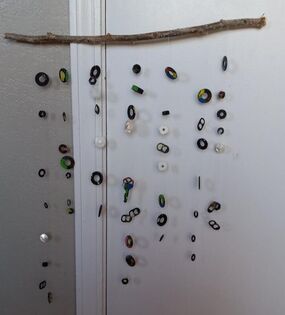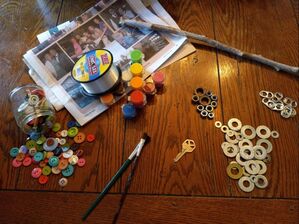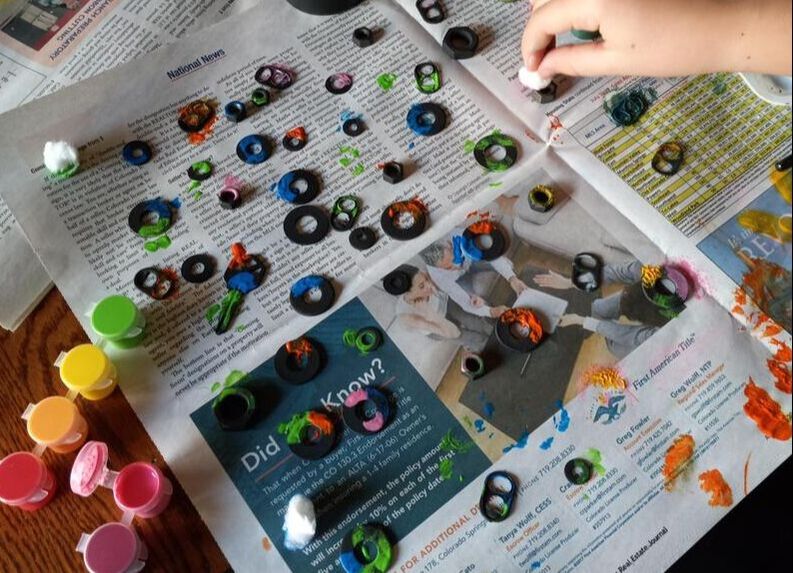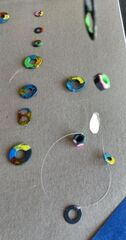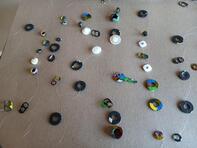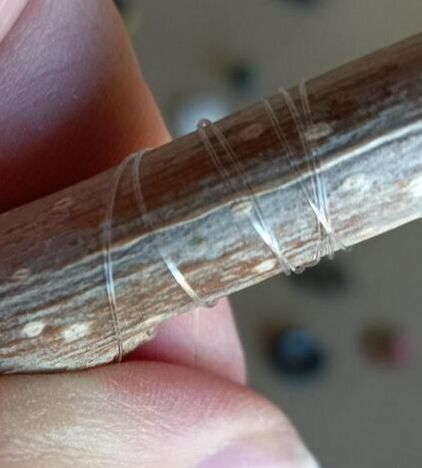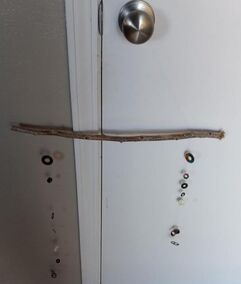2) Paint the metal objects as desired. (I spray-painted mine black to provide consistency, let dry, then sponged in various colors using a cotton ball.)
|
Roxanne TroupChildren's author writing about nature and family. Categories |
Proudly powered by Weebly

